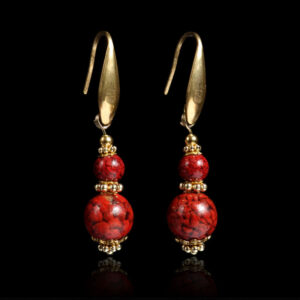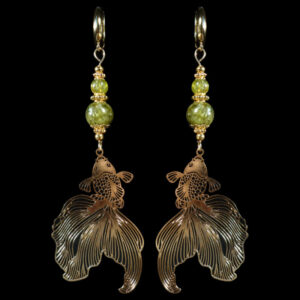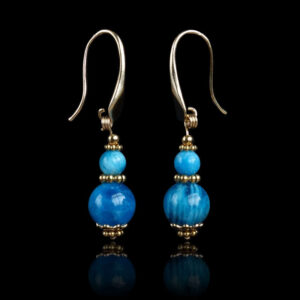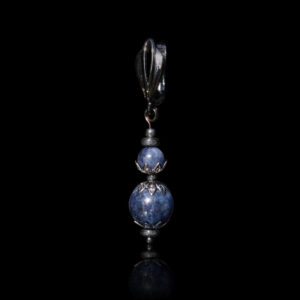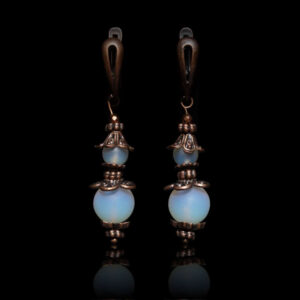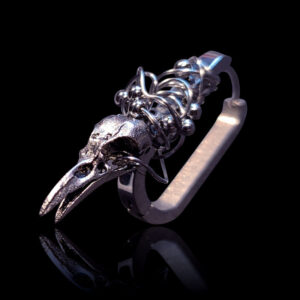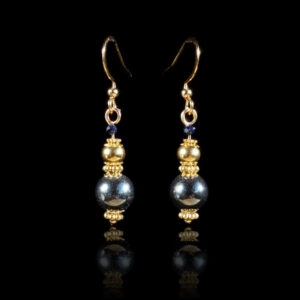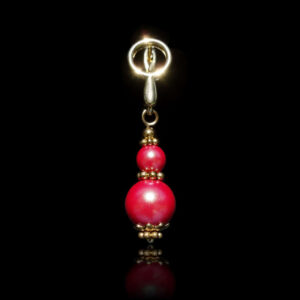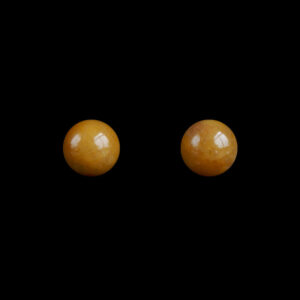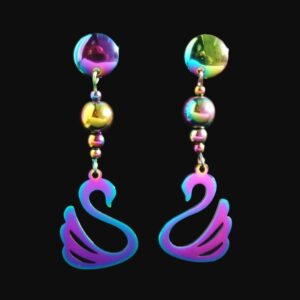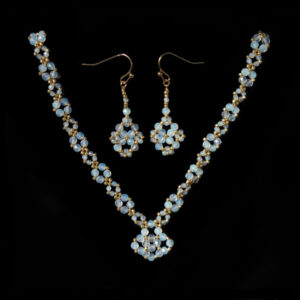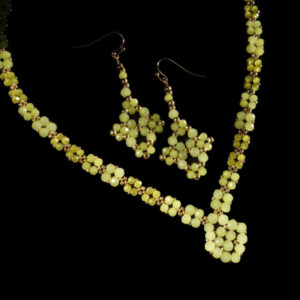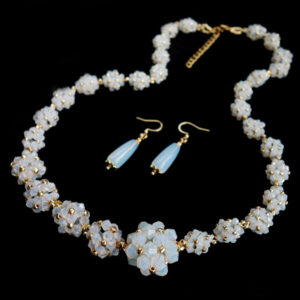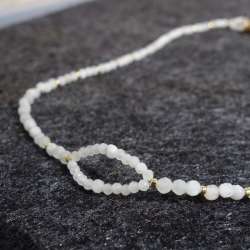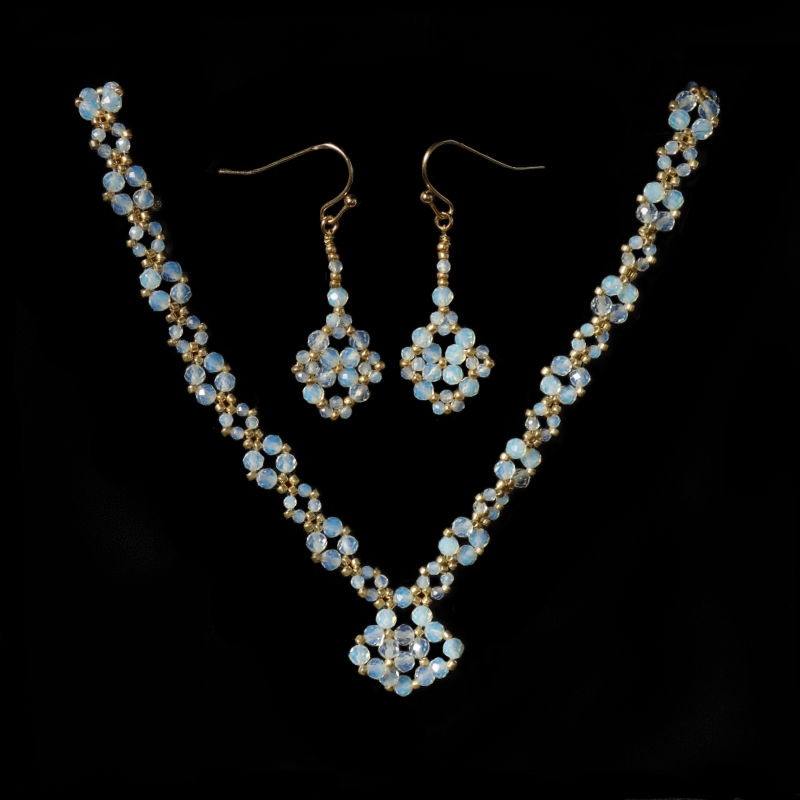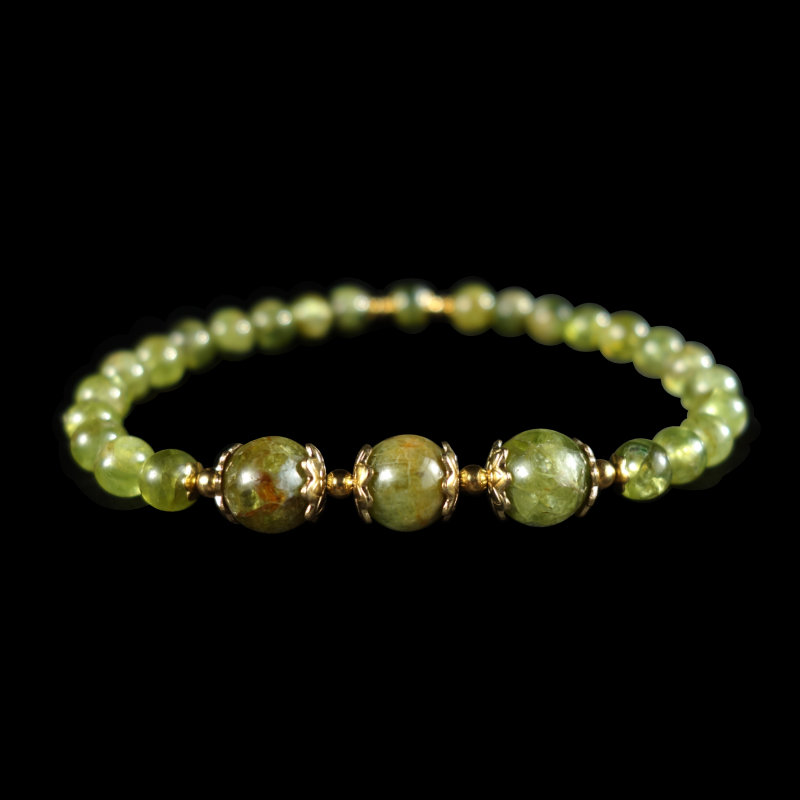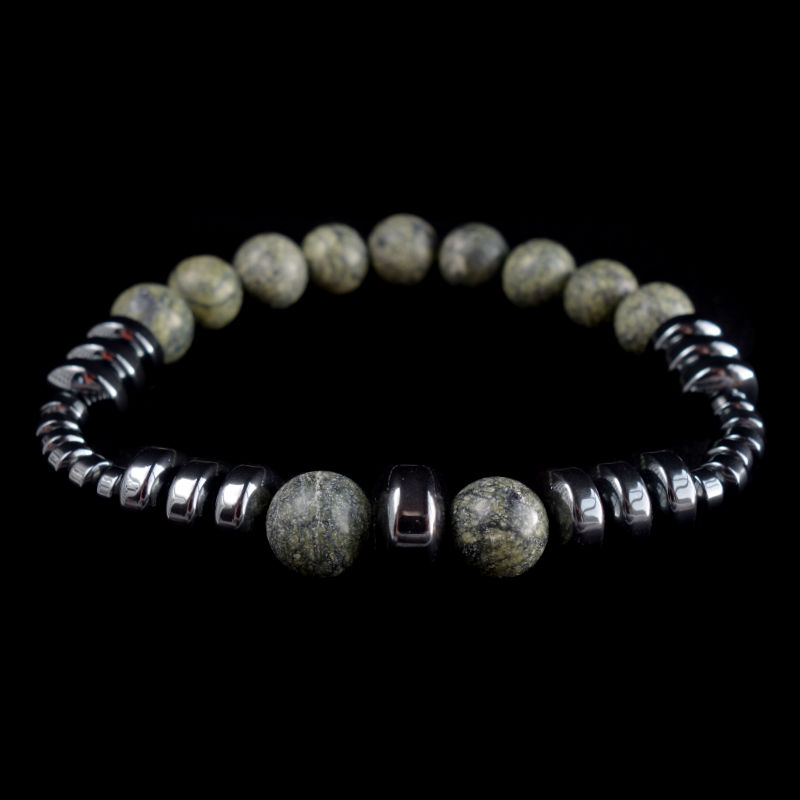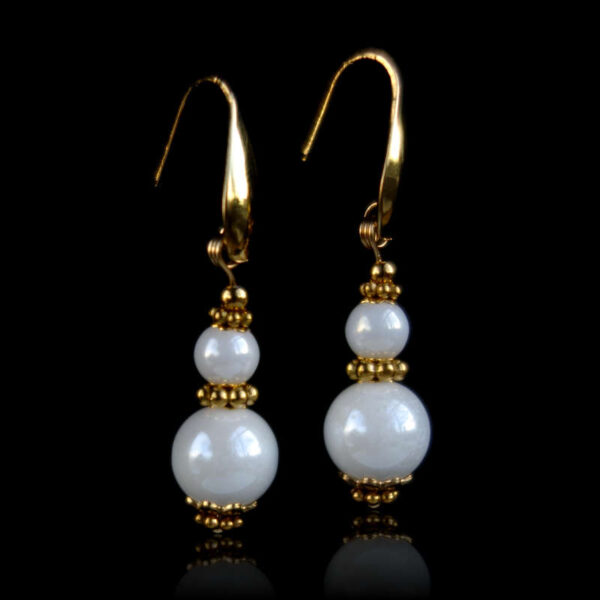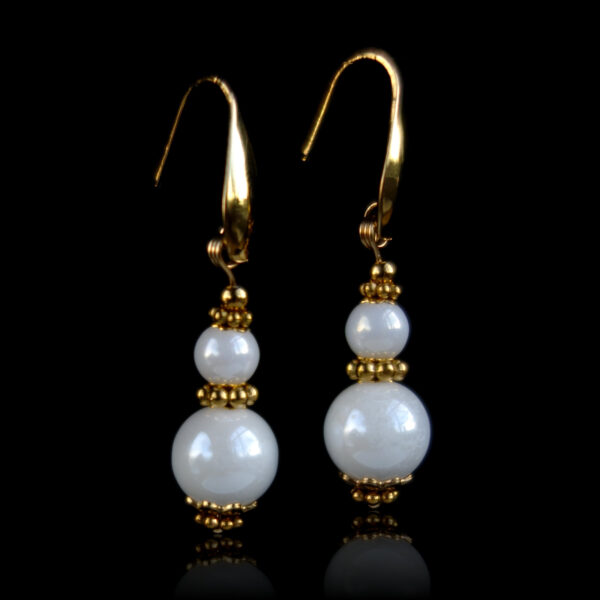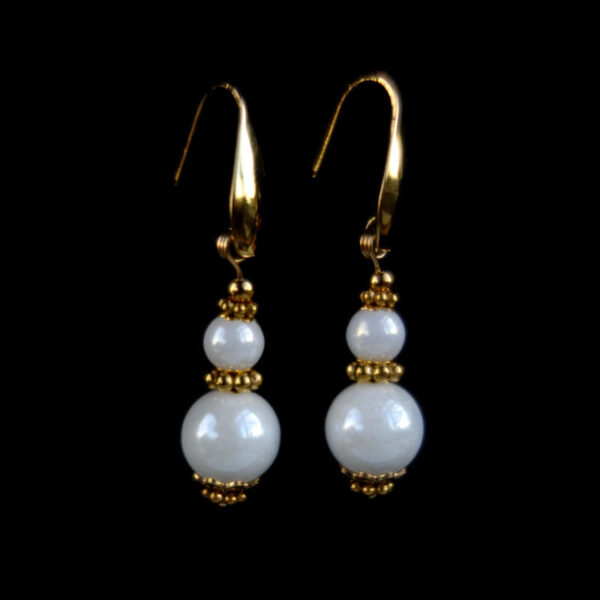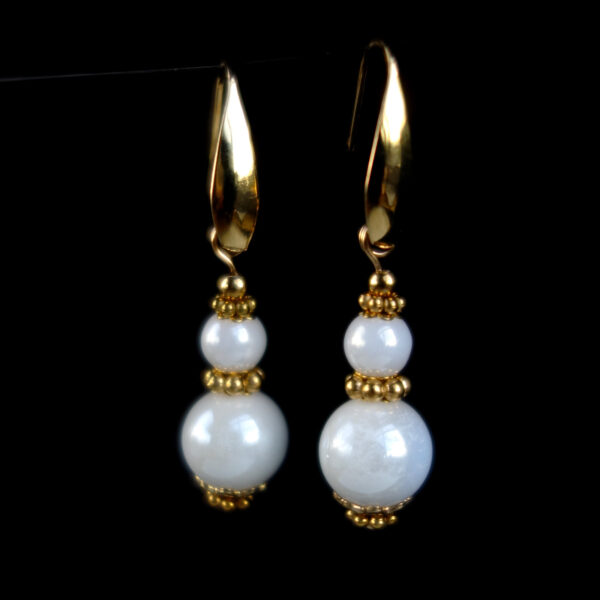Your cart is currently empty!
-
-
Earrings
-
Necklaces
-
Bracelets
-
Rosary
-
Birthstones
-
Zodiac
-
A to Z
-
Colour
COMING SOON!
I am currently working on classic Rosary necklaces aka prayer beads with beautiful round semi-precious stone beads and PVD plated gold finish stainless steel beads, gold plated iron caps, original design centrepieces and crosses.
Centrepieces come with four design options: two Orthodox crosses, the messenger dove, and the Sacred Heart.
Currently I’m waiting on a shipment of Dyneema thread to make the cordage indestructible. Miyuki thread was too fragile, Cotton Mouliné is nice, but let’s try something even more robust.
Keep a look out for my new rosaries with fantastic stone beads such as Ruby, Peridot, Larimar, Tanzanite, Sapphire, Emerald, Diopside, Apatite, Agate, Onyx, Amethyst, Rose Quartz, Rhodonite, Amazonite, Turquoise, Jasper, Pyrite, Shell, Aventurine, Pietersite;
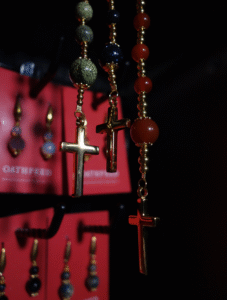
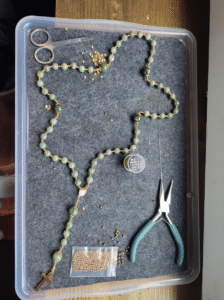
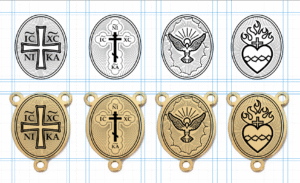
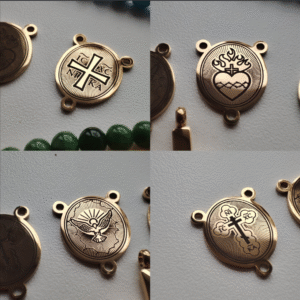


Semi-precious Gems
Silica/QUartz
Natural
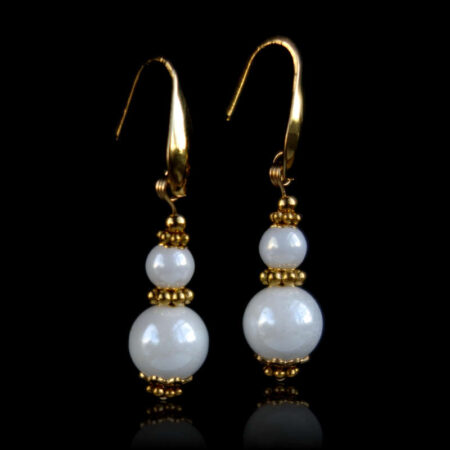



Aurora Borealis Porcelain Glass Drop Earrings – Shimmer of Celestial Light
1 in stock
Shipping Details & Delivery
- Oathfeed.com ships globally, worldwide from Estonia/Europe.
- The shipping options become available at checkout, and the fee is paid by the customer. Free Shipping kicks in for orders in the 300€ range.
- The processing of the order may take up to 3 working days. To ensure gentle delivery, the products will be packaged in bubble envelopes or the smallest possible boxes.
- Parcels within Estonia will generally deliver to the designated machine in 3-7 working days from completing the purchase. Currently, using the DPD will have the shortest processing time on the shop’s end; Moving to Omniva, Smartpost or other parcel machines adds ~2 days of processing. For technical reasons – please leave note which package machine you want to pick up the parcel from.
- Global Shipping: “Standard” includes a tracking code that I will send on your e-mail.
Show Standard Shipping Costs & Time per Country
- USA 21,89€ 8-19 days
- UK 21,47€ 8-13 days
- Canada 24,59€ 7-14 days
- Australia 22,37€ 14-26 days
- New Zealand 25,60€ 12-21 days
Europe
- Austria 12,36€ 4-5 days
- Belgium 12,87€ 5-9 days
- Bulgaria 14,80€ 9-14 days
- Czech 12,34€ 11-15 days
- Cyprus 18,77€ 7-12 days
- Denmark 13,19€ 4-7 days
- Finland 12,40€ 3-6 days
- France 12,28€ 7-9 days
- Georgia 23,29€ 11-26 days
- Germany 11,43€ 6-9 days
- Greece 15,39€ 6-12 days
- Hungary 13,17€ 6-11 days
- Ireland 12,11€ 6-10 days
- Italy 12,61€ 5-7 days
- Latvia 6,99* (parcel machine)
- Lithuania 8,09* (parcel machine)
- Luxembourg 14,87€ 5-9 days
- Malta 13,34€ 6-11 days
- Monaco 19,03€ 7-9 days
- Montenegro 20,37€ 25-34 days
- Netherlands 11,25€ 3-4 days
- Norway 17,99€ 7-13 days
- Poland 9,19€ 6-8 days
- Portugal 12,18€ 8-14 days
- Romania 14,57€ 7-13 days
- Slovakia 13,84€ 6-11 days
- Slovenia 13,74€ 6-10 days
- Spain 13,06€ 7-9 days
- Sweden 13,58€ 4-6 days
- Switzerland 16,05€ 9-12 days
- Ukraine 21,79€ 8-17 days
East-asia & Asia
- Armenia 21,74€ 9-14 days
- China 17,19€ 12-22 days
- Hongkong 24,42€ 12-18 days
- India 20,48€ 13-21 days
- Japan 19,02€ 7-14 days
- Lebanon 22,72€ 25-34 days
- Saudi Arabia 15,43€ 25-34 days
- Singapore 18,08€ 25-34 days
- South Korea 19,78€ 25-34 days
- Taiwan 18,46€ 25-34 days
- Thai 17,11€ 25-34 days
- Turkey 25,93€ 7-17 days
- United Arab Emirates 14,95€ 11-18 days
South America
- Argentina 23,14€ 12-20 days
- Brazil 23,18€ 15-28 days
- Chile 22,71€ 14-21 days
- Mexico 17,32€ 25-34 days
Africa
- South Africa 21,15€ 25-34 days
Have a Question or Request?
“In stillness, the self reveals its deepest truth, reflected in the quiet elegance of the moment.”
Aurora Borealis Porcelain Glass Earrings, a classic dangle pair, gleam with 6mm and 10mm glazed glass beads, radiating prismatic serenity and ethereal elegance. Their iridescent shimmer inspires tranquil poise. Hypoallergenic 18k gold PVD stainless steel fittings ensure lasting allure. Designed by Silvi Simberg for the Stellar Stainless 2024 Collection.
Each earring weighs 2.8g (0.099oz), measures 11x42mm (0.433×1.654in).
Size Guide
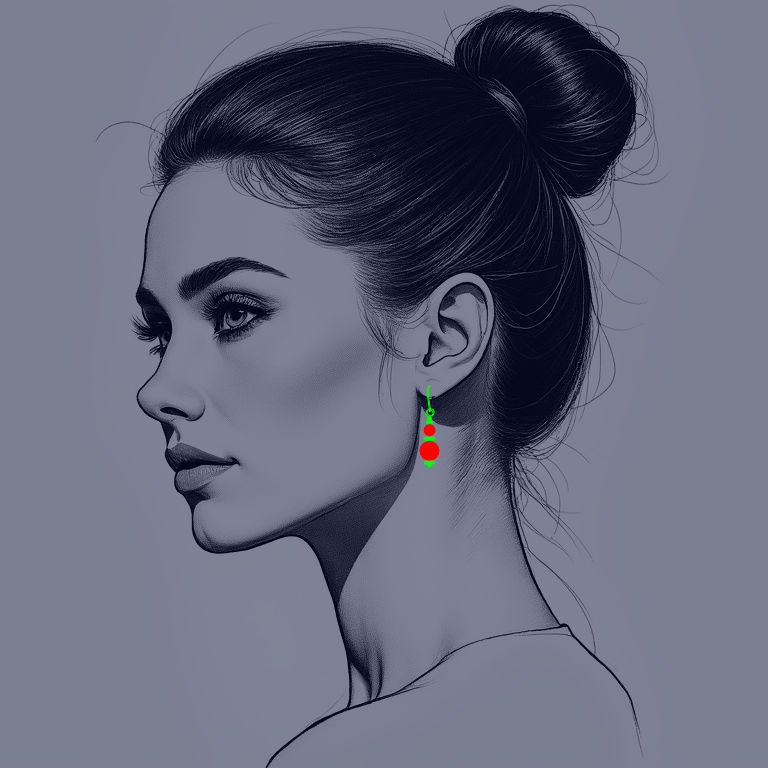
Oathfeed Classic Two-Bead Design
6 & 10mm beads, in some cases the size of the stone beads may vary +-1mm.
Hook lengths range between 1cm basic hooks, 1.5+cm English Locks, 2cm silver hooks – refer to the product photos.
On Earrings’ Weight Principles
In principle I keep the weight below 5 grams per earring, so it doesn’t stretch or hurt your ears even if you wear it the whole day. Occasionally, for some designs, that weight limit exceeds by a gram – every pair has their specific weight marked under the general description or “dimensions” tab.
| Main Stone | |
|---|---|
| Colour | |
| Birthstone | |
| Zodiac Stone | |
| Finish | |
| Hook | |
| Hook Type | |
| Findings | Stainless Steel |

